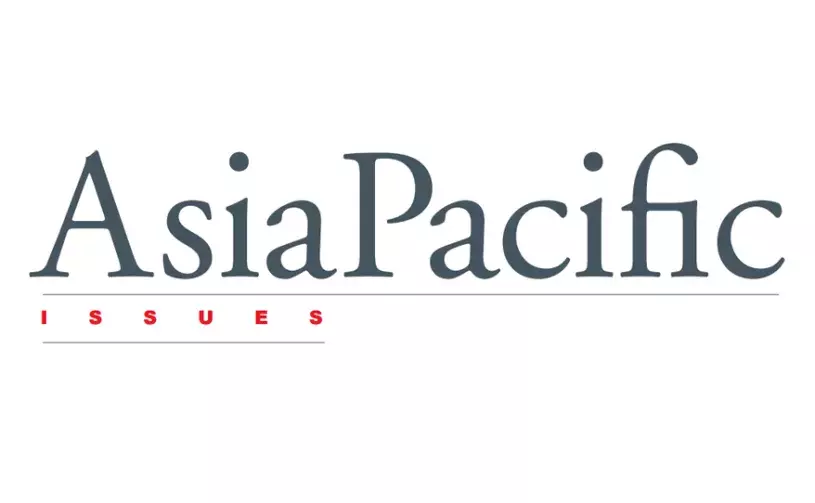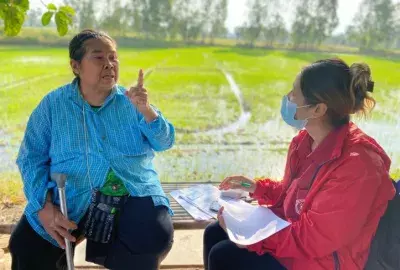Error message

The HIV/AIDS epidemic began relatively late in Asia and, so far, HIV infections have not reached the high levels experienced in other parts of the world. Yet behaviors that increase the risk of transmitting HIV are not uncommon in many Asian societies. But there is some good news for countries facing the possibility of an HIV epidemic. Most early HIV transmission in Asia occurs in very specific groups, through needle sharing, anal sex, or sex work. Experience in Thailand and Cambodia has shown that it is possible to lower HIV transmission rates by aggressive prevention programs targeting these groups. Analysis of these programs points to policy recommendations for other Asian governments: obtain accurate information on HIV prevalence and risk behavior; target leaders for sustained commitment; provide the public with full and accurate information; move quickly to provide effective coverage of groups most at risk; sustain and expand prevention activities; convince lawmakers and local authorities to take a pragmatic approach; ensure the active involvement of key communities; and put an end to complacency.
The HIV/AIDS epidemic began relatively late in Asia and, so far, HIV infections have not reached the high levels experienced in other parts of the world. Yet behaviors that increase the risk of transmitting HIV are not uncommon in many Asian societies. But there is some good news for countries facing the possibility of an HIV epidemic. Most early HIV transmission in Asia occurs in very specific groups, through needle sharing, anal sex, or sex work. Experience in Thailand and Cambodia has shown that it is possible to lower HIV transmission rates by aggressive prevention programs targeting these groups. Analysis of these programs points to policy recommendations for other Asian governments: obtain accurate information on HIV prevalence and risk behavior; target leaders for sustained commitment; provide the public with full and accurate information; move quickly to provide effective coverage of groups most at risk; sustain and expand prevention activities; convince lawmakers and local authorities to take a pragmatic approach; ensure the active involvement of key communities; and put an end to complacency.







